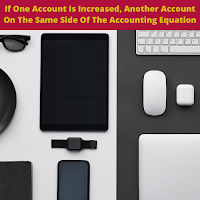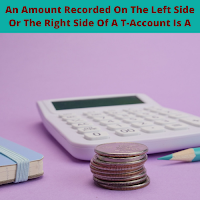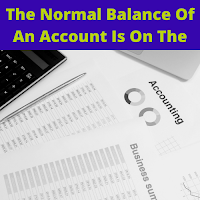The Owner's Capital Account Normally Has A

Owner’s Capital Normal Balance / Positive Balance / Favorable Balance In Accounting The Owner’s Capital Account normally has a credit balance in a T-Account . It increases normal side, which is a credit side or right side of t-account and decreases on the opposite of normal side i.e., left side of t-account. When owner’s capital has credit balance, then it means that total of credits is greater than total of debits in owner’s capital t-account. Similarly, if capital account has debit balance, then it means that the total of debits is greater than the total of credits. So, owner’s capital account has usually credit balance which is a usual, positive, favorable or normal balance for it while it has negative, unusual and unfavorable balance on debit side.
























